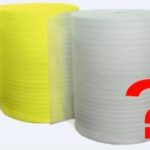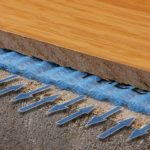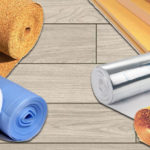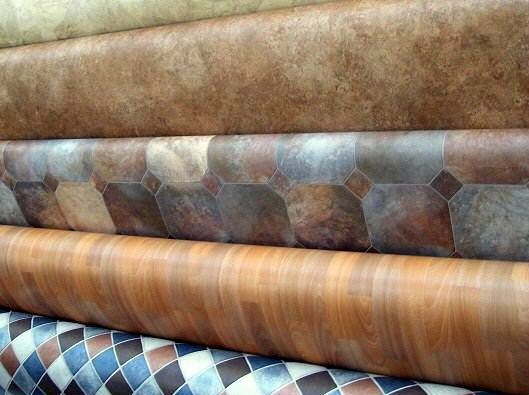Which substrate is better for linoleum
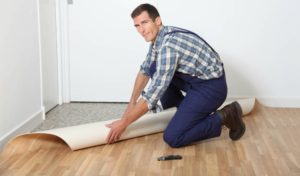 Despite the emergence of many modern flooring options, linoleum is still a popular option. Its attractiveness for people decorating their homes is explained not only by its affordable price and durability, but also by a large selection of colors and textures. They help complement any style in the interior.
Despite the emergence of many modern flooring options, linoleum is still a popular option. Its attractiveness for people decorating their homes is explained not only by its affordable price and durability, but also by a large selection of colors and textures. They help complement any style in the interior.
However, the quality of the finish may be affected by the installation method. Many craftsmen claim that the underlay used during installation can significantly improve the appearance of the floor, making it smoother, more beautiful and quieter. Let's figure out which substrate is better and how to choose it.
The content of the article
Types of substrates
The underlay is an important element in the construction of any floor. It performs several basic functions. In particular, it creates a heat-insulating layer, hides small unevenness of the rough coating, and also has sound insulation. Therefore, its use, including under linoleum, is considered a completely reasonable decision.
There are several types of base:
- jute;
- cork;
- linen;
- composites;
- foamed materials (for example, isolon, penoizol).
The choice depends solely on the taste preferences of the homeowners.
ADVICE. If the finishing uses resources created using synthetic substances, use penoizol or any other inexpensive foam material.Subject to maximum naturalness, you can choose cork or jute covering.
Jute
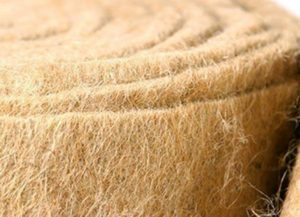
Jute fibers were previously actively used for the production of ropes and burlap. Today they are used to create lining material for various types of floor coverings.
The unique feature of jute fibers allows you to reliably protect the room from moisture. They absorb and remove it without getting wet themselves. This is a completely natural and environmentally friendly material that can be used in any room.
The main disadvantage of this fabric is its high cost, which does not allow it to be used everywhere. Only a few citizens agree to lay jute under inexpensive linoleum.
Cork
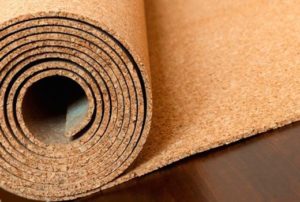
Another natural material that is made by pressing sawdust from balsa wood under powerful pressure. Among the advantages are antistatic properties and a fire-resistant surface. The material is non-toxic and quite acceptable for installation even in children's rooms.
The main disadvantages of this material are the high price and softness. It is easy to push through and spoil it with heavy pieces of furniture.
If you still decide on a cork backing, you should use a product with the highest possible rigidity.
Linen
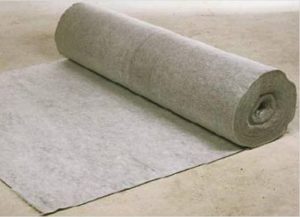
A soft substrate created using a special technology from flax fibers. It is completely natural and environmentally friendly. To prevent the formation of fungus and mold, it is treated with special antifungal compounds in production.
Of all the natural substrates, this is the most budget-friendly. It is soft and fits perfectly onto the subfloor, is antistatic and perfectly masks small unevenness in the wooden floor.
Composites
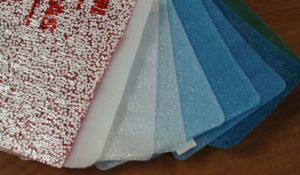
Affordable and practical material from the synthetic category. It consists of two layers of polyethylene, between which there are polystyrene granules. Among the undoubted advantages of such a substrate are obvious sound insulation, as well as protection from moisture penetration and heat insulation in the room.
Important! Rigidity is one of the features of this material. Composite surfaces are difficult to deform and may not be suitable for the selected linoleum.
Therefore, many specialists refuse to use such a substrate because of its rigidity. For linoleum, soft materials are most preferred. And sometimes the cost of this film discourages the purchase: it is quite high.
Foam materials
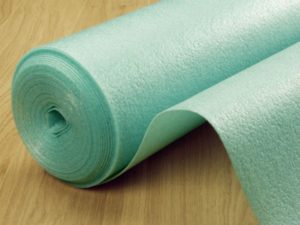
A widely used option that absorbs noise well and has thermal insulation properties. However, it is not recommended to use it under linoleum. Because over time, with active use of the floor covering, it wrinkles and creates unsightly bumps and creases in the finishing material.
Which substrate is better to choose?
Experts in the field of apartment renovation do not have a clear opinion about whether a backing is generally needed under the linoleum being laid. Some of them recommend laying it on a rough wooden floor, while others insist on using underlayment material.
If you still decide to lay the substrate, you should pay attention to the natural components of the jute and cork substrate. They are environmentally friendly and safe, retain heat well and “breathe”, and do not retain moisture. This choice will give you the opportunity to safely use the room, knowing that the coating will last a long time and look beautiful.

